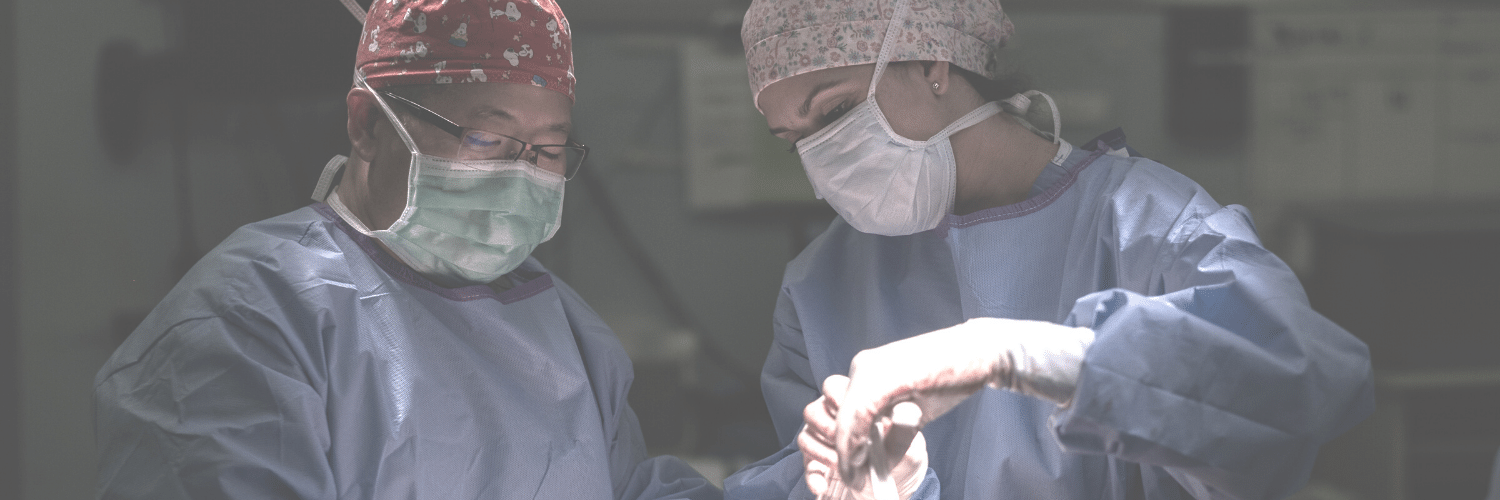
- 24 Comments
- PRMA Plastic Surgery
What is Alloderm?
Alloderm, and other similar ADM products including Strattice and FlexHD, are now being used routinely in breast reconstruction.
ADM stands for “acellular dermal matrix”. It is a biologic mesh-like material derived from animals or donated (cadaveric) human skin. Alloderm is a human product and is the most widely used ADM. It is used in many different types of reconstructive surgery including breast reconstruction.
Before being packaged for use, the Alloderm undergoes a multi-step process that removes all the cells that can lead to tissue rejection: even though it comes from another person, your body does not reject Alloderm because the immune cells are removed. Alloderm essentially acts as a scaffold and over time, the patient’s own cells grow into it.
Since it is a human (cadaveric) product, the U.S. Tissue Bank rigorously screens all tissue donors’ medical records. All donors must be negative for Syphilis, Hepatitis B and C, and HIV 1 and 2. AlloDerm grafts are also examined under the microscope before and after processing to rule out contamination.
ADM is frequently used in implant-based breast reconstruction (and has been for years). The tissue expander or implant is either placed on top or underneath the pectoralis (chest) muscle. The pec muscle cannot cover the entire implant. The ADM is used to cover the lower part of the implant that is not covered by muscle, or as a wrap or drape over the implant when it is placed on top of the muscle (“prepectoral”).
Although ADMs are not FDA approved for use in breast surgery, there are currently studies underway to evaluate the overall benefits and risks of the product.
Advantages:
– Stabilizes the implant in position.
– Allows for complete implant coverage.
– Decreases capsular contracture (implant hardening).
– Can allow the creation of a full-sized breast when the tissue expander/implant reconstruction is performed at the same time as the mastectomy.
– Once incorporated by the body, resists infection as well as the patient’s “natural” tissue.
Disadvantages:
– Like anything that is implanted in the body, there is an initial (low) risk of infection (until it becomes incorporated).
– Alloderm can cause temporary redness in the skin (“red breast syndrome”).
– Costly but usually covered by insurance.
Many plastic surgeons, including myself, use an ADM routinely when performing breast reconstruction with tissue expanders and implants.
Author: Dr. Minas Chrysopoulo
Alloderm, and other similar ADM products including Strattice and FlexHD, are now being used routinely in breast reconstruction.
Leave Comment
No Comments
Sign Up for Our Monthly Newsletter
Continue Reading

What is Alloderm Breast Reconstruction?
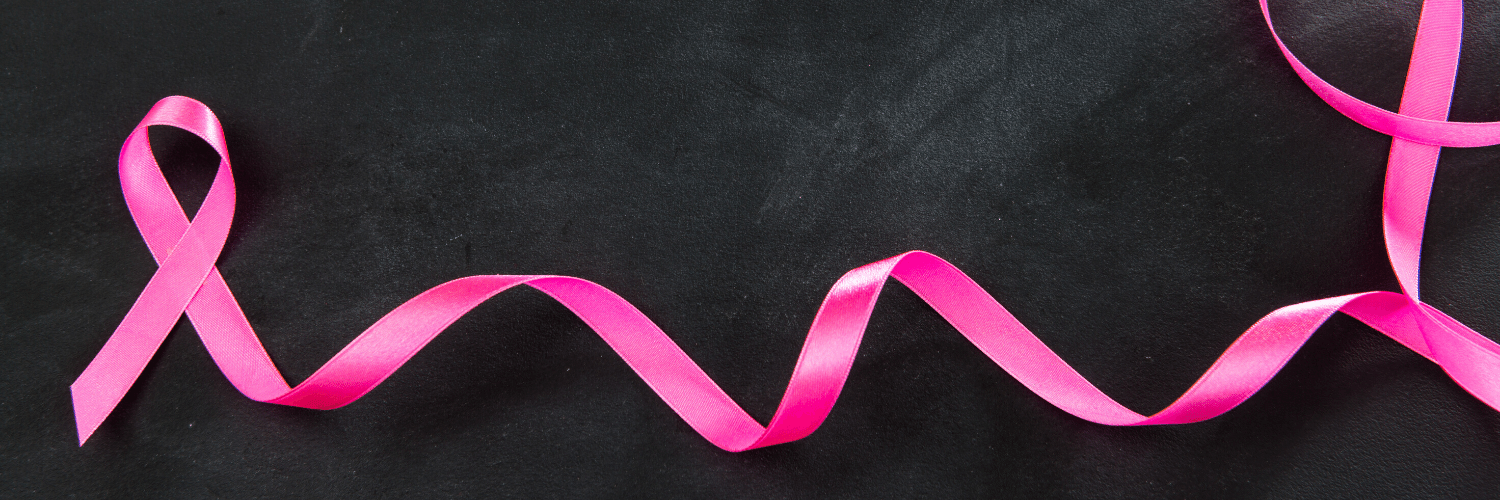
Breast Reconstruction Can Be Performed Any Time, Even Years After Mastectomy
Breast Reconstruction Can Be Performed Any Time, Even Years After Mastectomy July 08, 2020 Share on Facebook Twitter Linkedin Is it too late for breast reconstruction? Did you know breast reconstruction can be performed at any time, even years after a mastectomy? “Immediate breast reconstruction” is performed at the same time as the mastectomy and […]
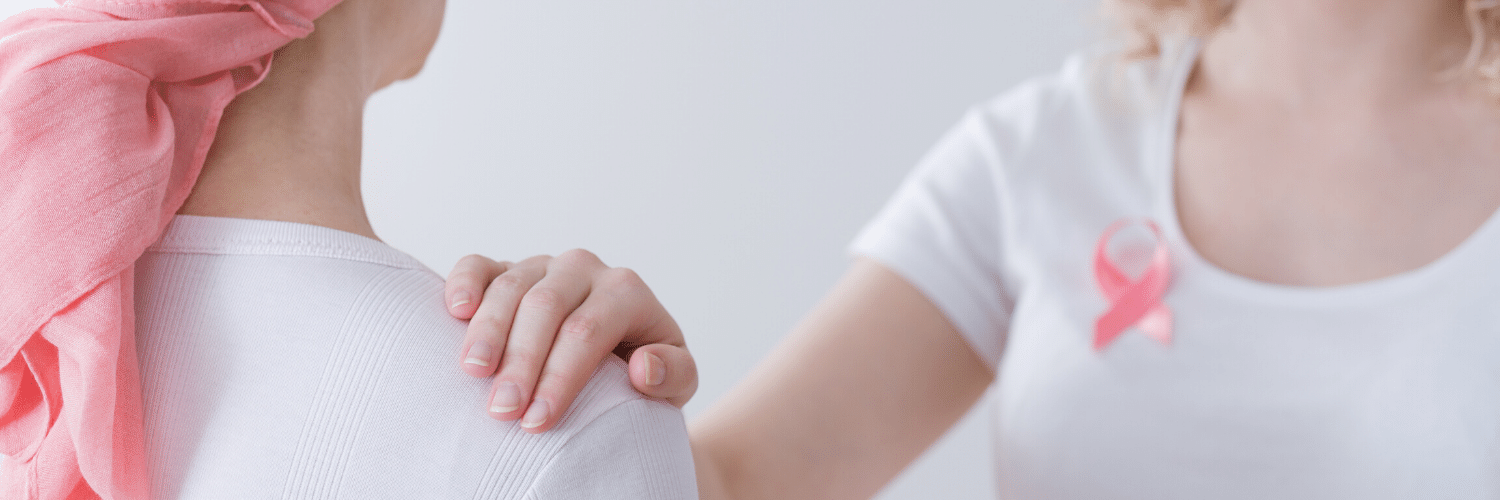
Breast Reconstruction Makes Breast Cancer Patients Whole Again After Mastectomy
Breast Reconstruction Makes Breast Cancer Patients Whole Again After Mastectomy July 08, 2020 Share on Facebook Twitter Linkedin What are the options for breast reconstruction Alarmingly, 70% of American women facing surgery for breast cancer are not told about the option of breast reconstruction. Perhaps one of the best things about breast reconstruction is that […]
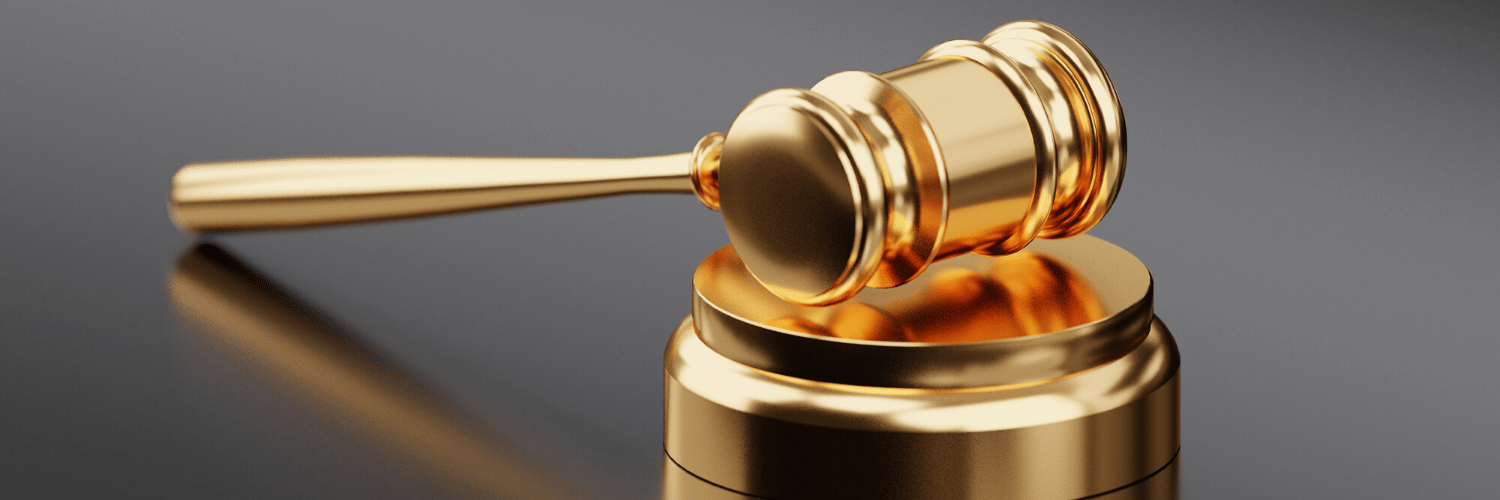
New Bill Would Mandate Breast Reconstruction Discussion Before Breast Cancer Surgery
New Bill Would Mandate Breast Reconstruction Discussion Before Breast Cancer Surgery July 08, 2020 Share on Facebook Twitter Linkedin What is the Texas House Bill 669? Currently only 30% of breast cancer patients are informed of their breast reconstruction options before mastectomy or lumpectomy. New legislation is being proposed in Texas that aims to significantly […]
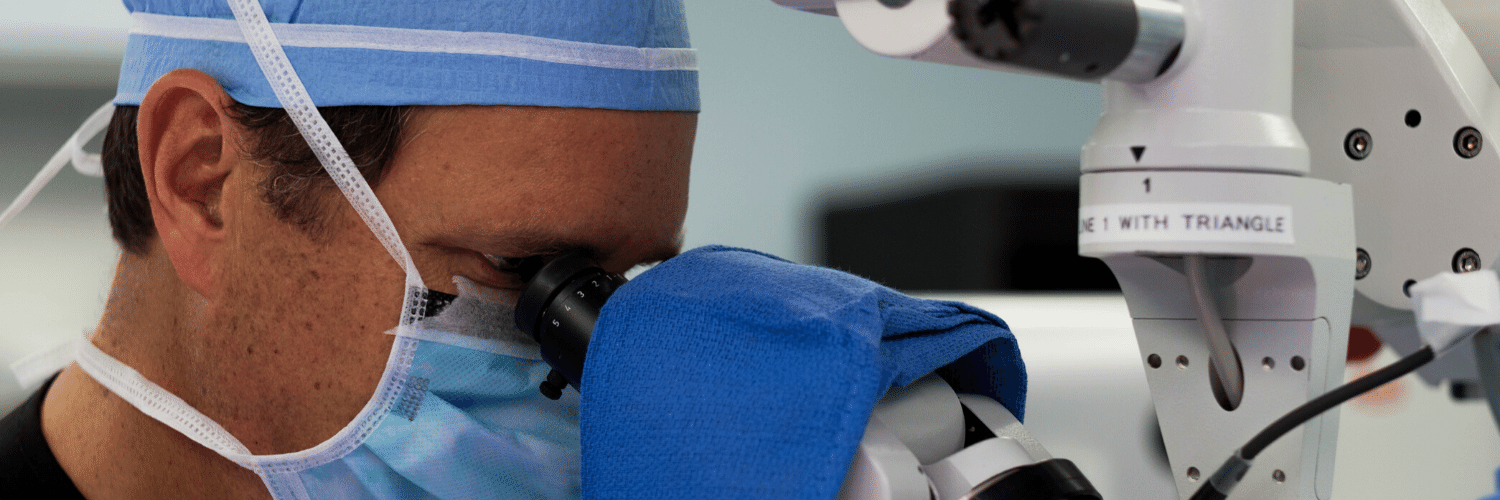
Breast Reconstruction With Tummy Tissue (Abdominal Flaps)
Breast Reconstruction With Tummy Tissue (Abdominal Flaps) July 08, 2020 Share on Facebook Twitter Linkedin What are the different flap breast reconstruction options using tummy tissue? DIEP flap? TRAM flap? SIEA flap? With so many breast reconstruction options available these days it’s difficult to understand what these terms really mean and what the differences are […]

Traveling for Breast Reconstruction Just Got a Lot Cheaper
Traveling for Breast Reconstruction Just Got a Lot Cheaper July 08, 2020 Share on Facebook Twitter Linkedin What is the cost of traveling for breast reconstruction? Great news! Well, to be honest, it’s not really “news” anymore since it happened a few of months ago but I have come across several patients that didn’t know […]
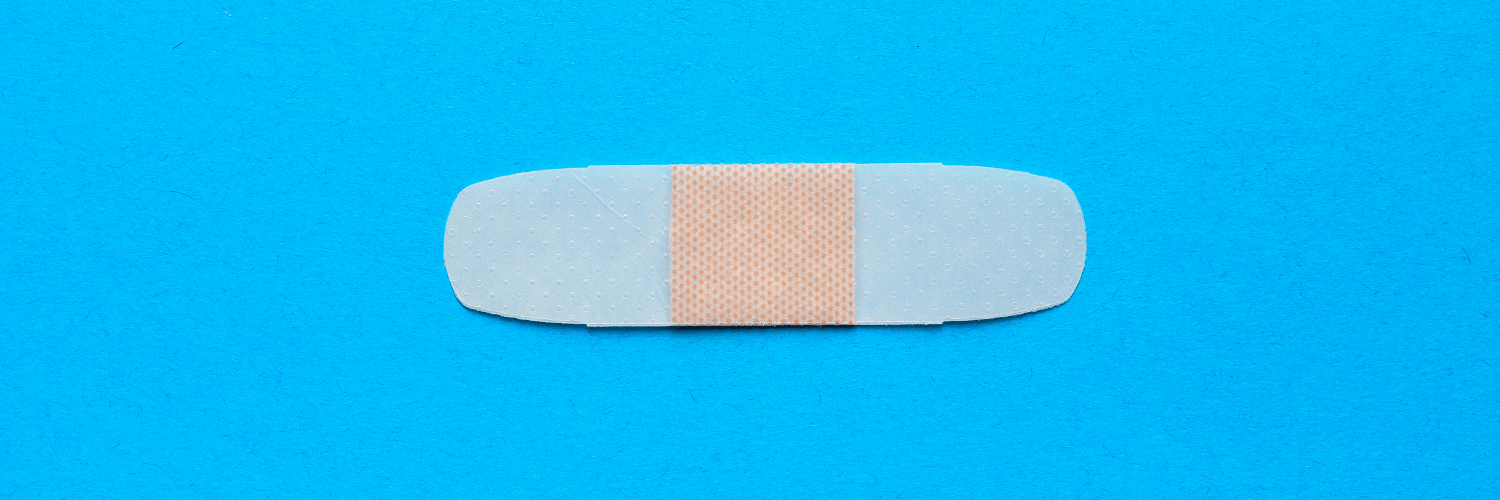
How To Boost Wound Healing After Surgery
How To Boost Wound Healing After Surgery July 08, 2020 Share on Facebook Twitter Linkedin Wounds need a lot of energy to heal well. Since energy can only come from food, it is vital that patients eat as healthily as possible especially before and after surgery. Crucial nutrients for wound healing include protein, zinc and […]

Breast Reconstruction Timing: Immediate vs Delayed Reconstruction
Breast Reconstruction Timing: Immediate vs Delayed Reconstruction July 08, 2020 Share on Facebook Twitter Linkedin When is the best time to have breast reconstruction? With so much to think about after a breast cancer diagnosis, many patients facing mastectomy do not fully understand how the timing of breast reconstruction influences how the reconstructed breasts will ultimately […]
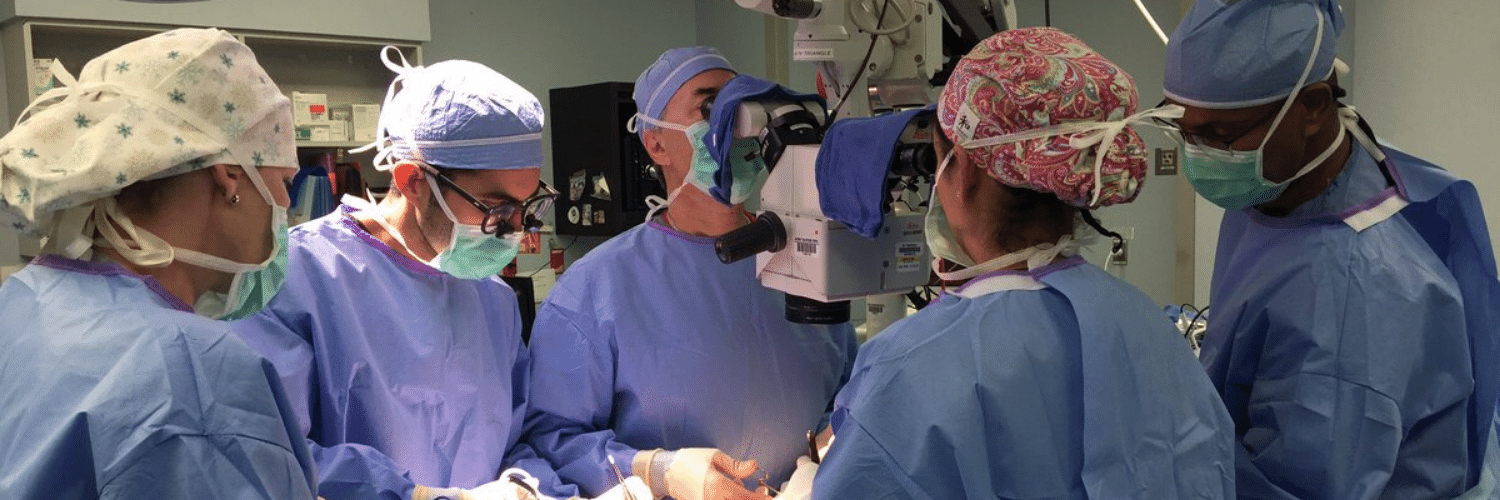
TRAM Flap vs DIEP Flap: What’s the Difference?
TRAM Flap vs DIEP Flap: What’s the Difference? July 08, 2020 Share on Facebook Twitter Linkedin What’s the difference between the TRAM and DIEP flap? Up until a few years ago, the TRAM flap was the gold standard in breast reconstruction after mastectomy. The TRAM has now been surpassed by the DIEP flap for that honor. For […]
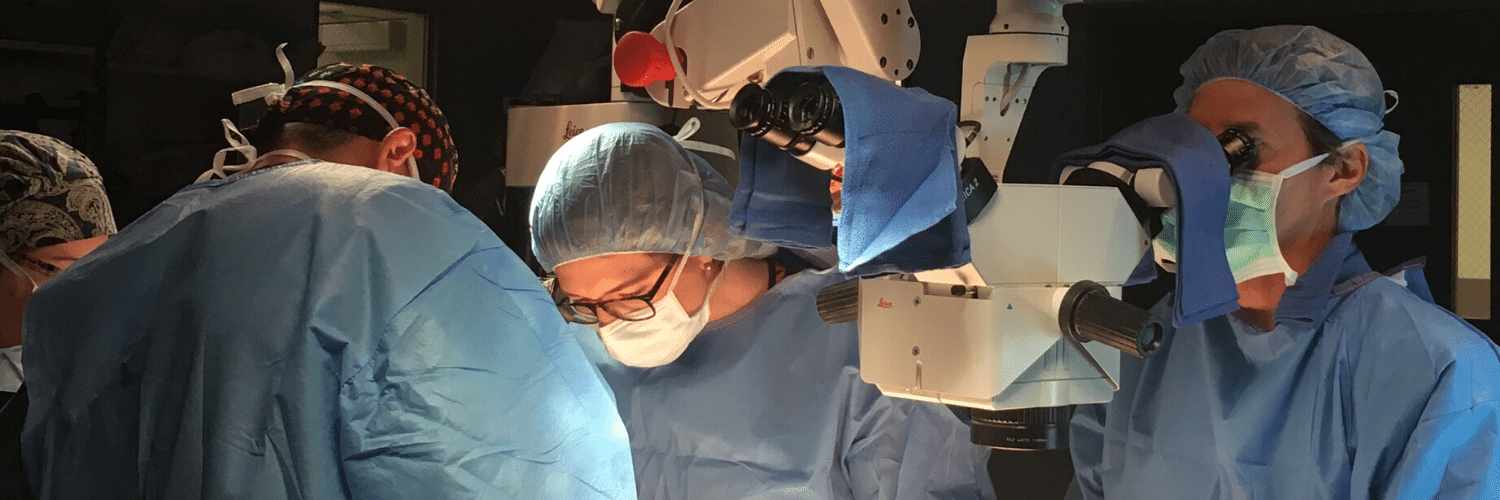
Are You A DIEP Flap Candidate?
Are You A DIEP Flap Candidate? July 08, 2020 Share on Facebook Twitter Linkedin Am I a DIEP flap breast reconstruction candidate? The DIEP flap procedure has rapidly become the “gold standard” in breast reconstruction. While not every woman is a DIEP flap candidate, many are turned away when in fact they needn’t be. Typical […]

Breast Reconstruction Can Be Performed Any Time, Even Years After Mastectomy
Fat Grafting in Breast Reconstruction – What You Need To Know
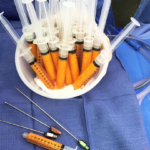
Claudia
I am s/p day 5 skin and nipple sparring prophylactic mastectomy with allograft and silicone implant placement. I jave 2 days erythema surrounding 1-2 cm my left niple?
PRMA Plastic Surgery
Hello Claudia! It is important to follow up with your surgeon after surgery if you are experiencing anything abnormal. I highly recommend calling and letting your surgeon know what you are experiencing.
Andy
Heard about severe complications related to Alloderm. How far they can be avoided. Since the risk of infection is very high.
PRMA Plastic Surgery
Hello Andy. Thank you for your comment and Happy New Year! Some studies have shown the overall complication rate in tissue expander/implant breast reconstruction is higher when an acellular dermal matrix (ADM) such as Alloderm is used, particularly in terms of seroma (fluid collections) and infection. However, comparisons with traditional expander reconstruction generally have not shown statistically relevant differences in overall complication rates. Overall, complication rates for reconstructions using an ADM range from 3.2% to 48.7%. As you can see, that’s quite a spread! An important surgical goal in tissue expander/implant reconstruction is to completely cover the implant. Traditionally this has been achieved using only muscle – the pectoralis muscle to cover the upper part of the implant and the serratus +/- rectus abdominis muscle(s) to cover the lower part. This achieves complete muscle coverage but is also associated with significant post-operative discomfort and in many cases an unnatural lower breast shape. Alloderm and other ADMs are used to cover the lower part of the expander/implant instead of the serratus and rectus abdominis muscles. This helps achieve full implant coverage with less muscular dissection so the surgery tends to be less painful. The Alloderm also allows the surgeon to fill the expander (at least partially) when performing the reconstruction at the same time as the mastectomy. The expansion process can generally be completed at a faster pace. The final result also tends to be much more natural and aesthetic in terms of the shape of the lower breast. While all surgery has risks, I do feel that the risk of complications can be significantly reduced through improved patient selection, optimal surgical technique and evidence-based protocols. This approach significantly improves the likelihood of minimizing patient complications (ie 3.2% rather than 48.7%!) Overall, I feel the risks of using ADMs like Alloderm are very much outweighed by the benefits, which is why I use them in my practice. I hope this info helps! Dr C
Jane
I heard AlloDerm is less sterile than DermACELL. How should that impact my decision in terms of deciding which ADM to use?
PRMA Plastic Surgery
Hey Jane! Both companies use a proprietary method of processing the dermal tissue prior to implantation. Initially, Alloderm was considered “aseptic” as apposed to “sterile”. This led to some physicians questioning the safety of using Alloderm in the setting of implant reconstruction. Alloderm’s current processing method, to my understanding, is able to produce a product that is now “sterile”. All clinical studies comparing all types of acellular dermal matrix have not identified any statistical differences between products (Alloderm, Dermacell, FlexHD, etc…) in relation to infection, seroma, capsular contracture, etc… Essentially, all human-derived acellular dermal matrix products are the same. Hope this is helpful!—Dr. Ochoa
Janice
I had alloderm reconstruction on Jan 15, 2016 and developed red breast syndrome about a week later. I had no infection. But now, within the last 2 weeks, I have developed severe allergic reactions to food I normally was able to eat. I’ve made 2 trips to the emergency room to be treated for these (throat swelling, tongue, lips also swelling). What is the possibility that I am allergic to the ‘sterile’ alloderm that is in my body? What are signs of me rejecting the alloderm?
PRMA Plastic Surgery
Hey Janice! This is not something I have heard of, but I strongly recommend you follow up with the surgeon who performed your surgery to see if any tests can be performed to determine what is causing this.
Jonda
I had DCIS stage 1 no lymph node involvement ( although complete left arm & axilla node dissection) 9/99. 4 rounds of chemo. Since I had 13 bouts of lymphangitis from 3/00- 6/06, I felt strongly that reconstruction would be dangerous Or fatal. At 17 years post modified radical mastectomy, 4 rounds of chemo AC. And 10 years of no lymphangitis, I decided to go forward. I did not research Alloderm until now…. ofcourse S/P severe complications. Original Alloderm expander surgery 11/15/16. After 10 days of a jpeg drain, returned to surgeon x 3 for fluid aspiration. First time 4 days post drain removal 70 ccs seroussanguiness fluid aspirated in office. 2 days later 25 ccs. Aspirated in office. Two days later when feeling like fluid build up one day prior to long planned flight to Hawaii, surgeon “out of town” MA sent pictures to surgeon. .She said “Go on your scheduled holiday, I wouldn’t do anything if you were staying in town”. I had been on keflex since surgery, after 1st aspiration switched to clindamycin 300 mg po q 4 hours. I should have asked why. First 3 days in Hawaii, some surgical site pain, breast engorgement, some redness. Took video of breast & sent to office. Site was kept clean & dry. I went in to the ocean twice. Both times had site completely covered by tegaderm. Afterwards I immediately took shower, soaped, rinsed removed tegaderm then washed with hibiclens, swabbed with betadine , dried then covered with tape provided by office. On 12/21/16 stopped clindamycin (had been on since 11/21/16 & had severe diarrhea all this time) Plus, I was feeling fine, redness had subsided. on 12/24/16 suddenly became cold with rigors. Within one hour oral temp 104.1 F . Took 2 aleve 1 clindamycin. One hour later ( 5:30 pm MST) Temp 104.0 F. Breast hot, red , tender & felt like was going to “explode”. Admitted for observation & broad spectrum antibiotics . Plastic surgery consult ordered for am. At 8:00’pm plastic surgeon arrived, saw consult ordered decided more urgent than ER Dr suggested. He quickly scheduled surgical removal Of Alloderm. He said he never uses it, he has only removed them repeatedly! 75 + cc pus suctioned from site. Vigorous lavage with aggressive cleansing. Another jpeg placed. 5 days of inpatient. Sepsis, BPs 80/40. Complete fluid overload, 20 # water weight gain. Finally 72 hours later culture of fluid grew enterococcus faecilis. Switched to oral Augmentin. I still have jpeg. Have to wear very tight “corset ” with ABD pads. Still on Augmentin. Will see original surgeon 1/09/17. This all occurred While in MT for Christmas. The surgeon in MT says there are 2 schools of thought, some (he) NEVER uses Alloderm because of this problem. Others, always use it. I am so disappointed & feel so uneducated. After 17 years of living lopsided to this nightmare….. I highly doubt I will attempt this again. I will be seriously studying Alloderm. Also, enterococcus faecilis is highly resistant to Vancouver, Known to be nosocomial. Ofcourse I can’t help,but wonder if in office aspirations may have introduced this bacterium to site….. I am a RN & was very thorough with my wound care. I find it hard to believe that the bacteria was introduced under my watch. Ofcourse there is no way to prove/ disprove that. So much for the pretty bras/ swimsuits I thought I would get to wear.
PRMA Plastic Surgery
Goodness sweet Jonda! So terribly sorry you have been through all of this! Like you said, it is hard to say how the infection was introduced, but any time foreign objects are placed in the body there is a chance for infection. This includes the Alloderm and the Implants. We believe the gold standard for breast reconstruction today is the DIEP flap. This procedure uses your own living tissue to reconstruct a breast. This means no foreign bodies and no need to additional surgery 10 years down the road to replaced the old implants. I know you have been through a lot with your reconstruction and you may not be ready, but if there is ever a time when you are interested in more information or would like to speak to some of our patients who have had the surgery, we would be more than happy to help!
Rana Tayseer
I have alloderm with my silicon implant for breast reduction. I might do a revision for my breast implant. I asked my surgeon to use alloderm again but she said I already have and if she removes it my skin might get injured. My question is do I need alloderm if I had it from my previous surgery 18 months ago?
PRMA Plastic Surgery
Alloderm is an acellular matrix that essentially acts as a scaffold and over time, the patient’s own cells grow into it. As your own tissue has incorporated into the Alloderm, the surgeon is correct that attempting to remove can cause decreased circulation and lead to skin injury. In some cases, additional Alloderm may be used if the tissues are very thin and there is not adequate coverage to support the implant. We would not be able to determine the need for additional Alloderm without an in-person consultation to evaluate your personal needs. You are welcome to give our office a call anytime to set up a consultation at 800-692-5565.
Charlotte
I had implant exchange surgery 7 weeks ago. My scars are healing, but I’ve developed a lump about 1/2” above my exchange scar. When I saw my plastic surgeon 4 days ago I showed him the lump, he told me it might be a “pucker in the AlloDerm”. He has ordered a scan to check it out, should I be worried about recurrence (because I am worried)?
PRMA Plastic Surgery
Hello Charlotte! So sorry you are having to deal with the stress of recurrence! You are doing the absolute right thing by following up with your surgeon and letting him/her order the appropriate tests to rule out breast cancer. Sounds like you are in great hands! Sending well wishes your way!
Emily
I am currently looking into a breast reconstruction surgery using alloder, but heard alloderm will be on backorder for many months. Is this true? And if so when should I expect it to be back and to be able to get the surgery performed?
PRMA Plastic Surgery
Thanks for reaching out Emily. We are not experiencing the issues with back orders from our Alloderm supplier at this time.
Holly
I am about to have this surgery done on my breast due to cancer and I am wondering if there are side affects to the use of human skin in this procedure. Have there been any cases of rejections of usage of someone else skin?
PRMA Plastic Surgery
Good question Holly. Like anything that is implanted in the body, there is an initial (low) risk of infection (until it becomes incorporated). Another known side effect is temporary redness in the skin (known as “red breast syndrome”).
Michelle A Burnell
When using alloderm, will I still need to have them replaced years later or are the for life?
PRMA Plastic Surgery
Really good question Michelle!
Even when Alloderm is used, implants will likely need to be replaced at some point in your lifetime.
Laura
Will alloderm leave more scars…
PRMA Plastic Surgery
Good question Laura. No, Alloderm will not leave more scars.
Lauren
I had preventative mastectomy with alloderm and silicone implant immediate reconstruction about 6 weeks ago. About 2.5 weeks after surgery I was sleeping with my arms above my head. I must have slightly turned to reposition and heard a tearing sound. I didn’t have pain and everything looked normal so I didn’t worry about it. Last week, I noticed when I lean forward my left implant does not seem to be flush against my chest wall like the right. In hindsight, I now feel that the left seems to have more mobility than the right. My suspicion now is that the alloderm tore from the stitches. Can that happens and. can that be revised so the implant has the secure pocket again?
PRMA Plastic Surgery
Thanks for reaching out Lauren. This is something that should be addressed with your surgeon. In the event there is an issue, there are surgical procedures that can help.